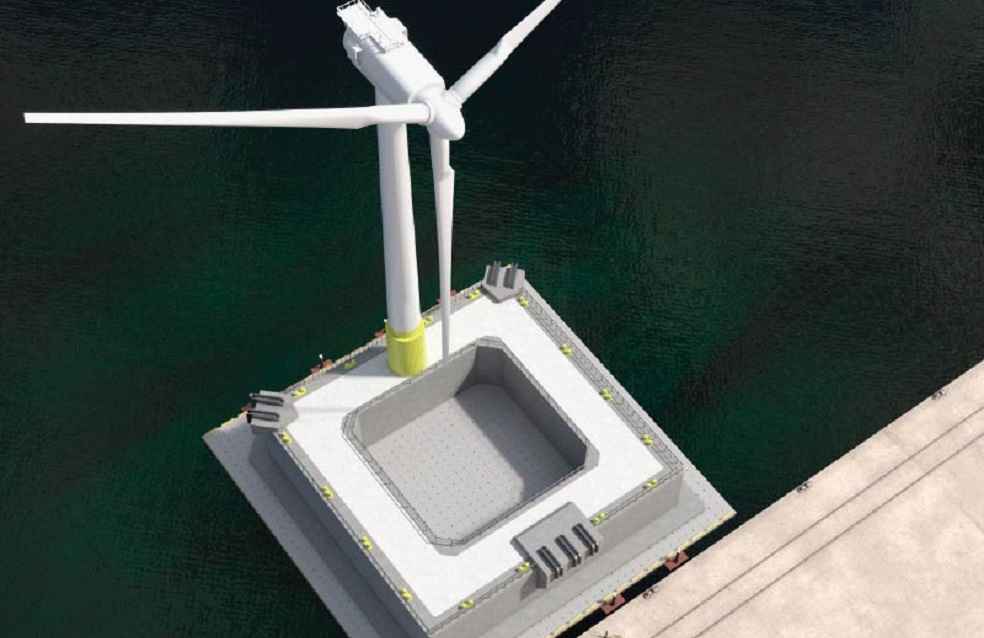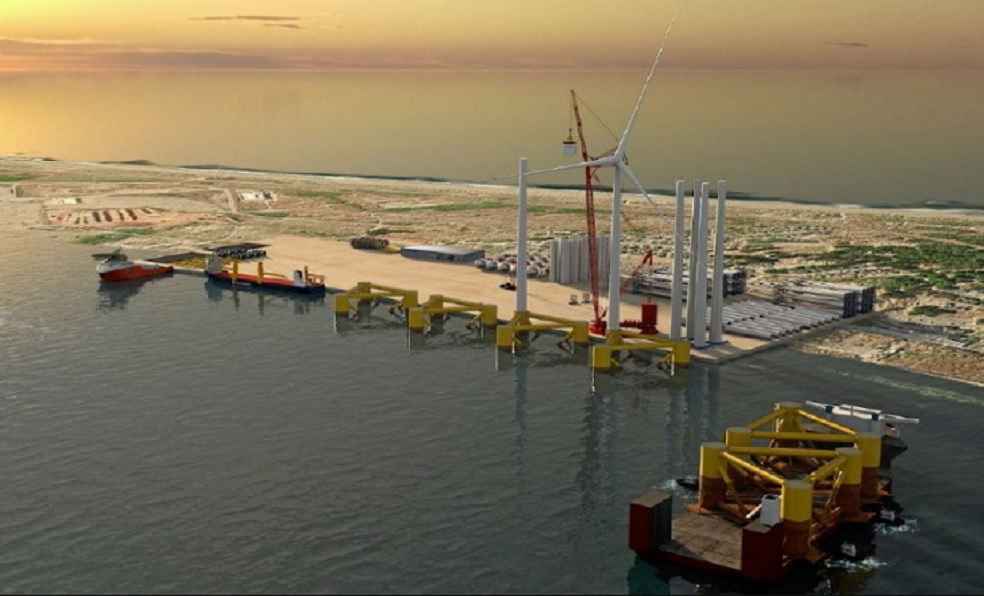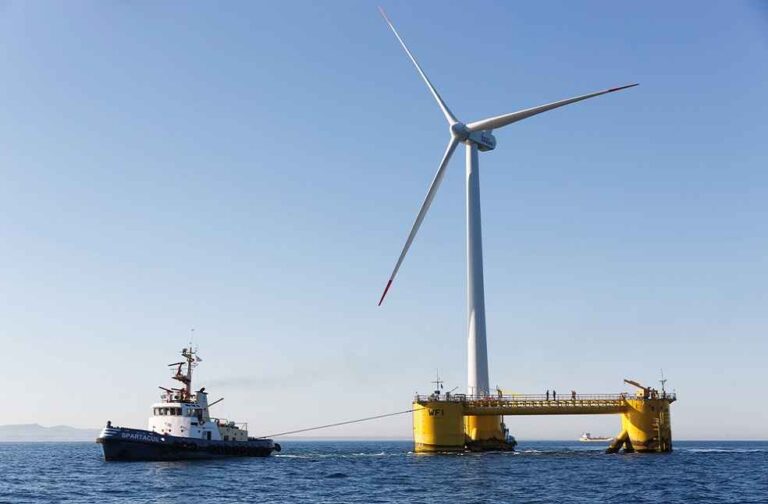Marking a major milestone for the U.S. offshore wind industry, Crowley, a U.S.-based firm specializing in maritime logistics and offshore services, has made a strategic investment in Tugdock. This UK-based company is acclaimed for creating the world’s inaugural road-transportable floating dry dock, referred to as the Tugdock Submersible Platform (TSP).
Crowley and Tugdock plan to probe the feasibility of utilizing these platforms in areas such as the U.S. West Coast. Traditional dry docks and water depth in these regions might not be optimal for managing the logistical demands of offshore wind energy projects.

Bob Karl, senior vice president and general manager, Crowley Wind Services, stated that the investment and collaboration strategically complement their vision and capabilities to support wind energy development. He further added, “As a leader in sustainable and innovative maritime logistics, Crowley will advance the use of offshore wind as a leading alternative energy source by collaborating with customers, suppliers, policymakers, and others across our value chain.”
The U.S. government, in 2022, announced its objective to deploy 15 gigawatts of floating offshore wind capacity off the coast by 2035, enough to power over 5 million households. This initiative aligns with the U.S. target to reduce the cost of floating offshore wind energy by more than 70%, to $45 per megawatt-hour by 2035.
Crowley Wind Services is currently developing and planning wind terminals in California, Louisiana, and Massachusetts. For instance, Crowley is progressing with an agreement to build and operate a terminal for manufacturing, installation, and operation of offshore wind floating platforms at the California Port of Humboldt Bay.

Shane Carr, CEO of Tugdock, expressed his delight over the partnership with Crowley, viewing the investment as an opportunity to bring their unique technology to the U.S. floating offshore wind market.
Tugdock’s TSP technology aims to offer a cost-effective solution for developers and ports in the floating offshore wind industry. TSPs were conceived to be launched in ports lacking the required water depth and assembly space to build and loadout the massive floating substructures needed to support offshore wind turbines.
Lucas Lowe-Houghton, director of strategy and growth at Tugdock, stressed that the TSP technology would overcome cost and time constraints associated with port infrastructure developments, thus facilitating the growth of the floating offshore wind sector.
Crowley’s strategic investment and partnership with Tugdock seem poised to catalyze the advancement of floating offshore wind energy in the U.S., aligning with the national goals of increasing renewable energy sources and reducing associated costs.
DON’T MISS IT: Cashew Trade: From Portuguese Discoveries to Global Market Dominance



